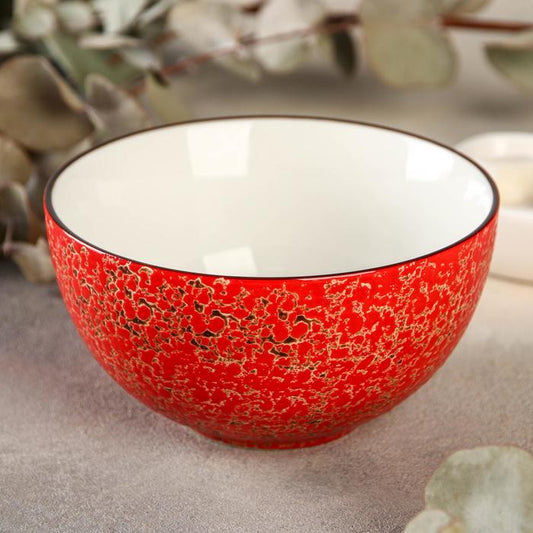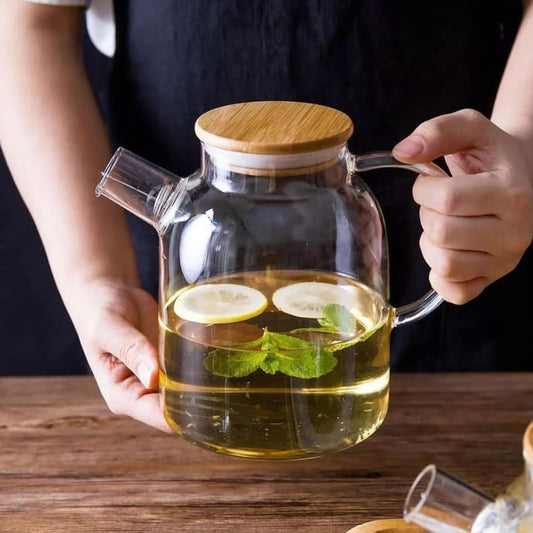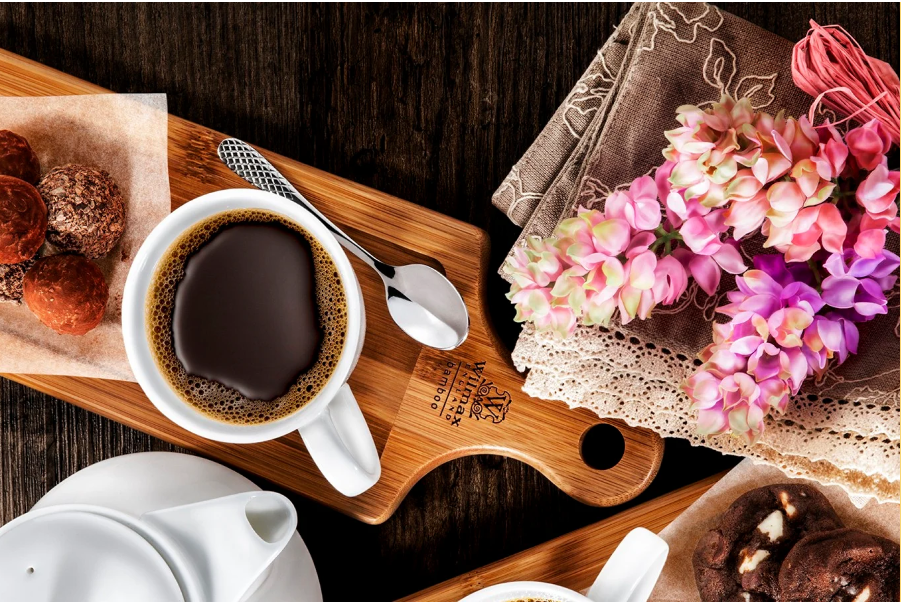Spice Layering: How Heat Complexity Is Redefining Modern Cuisine

From smoky chipotle to numbing Sichuan pepper, chefs are turning spice into art.
In the ever-evolving world of gastronomy, a quiet revolution is taking place — one led not by technique or technology, but by spice. Once viewed simply as a way to add heat, spice has transformed into a sophisticated tool for chefs worldwide. “Spice layering” — the thoughtful combination of multiple heat sensations, aromas, and textures — is now reshaping how we define modern flavor.
From Fire to Flavor Symphony
Traditional notions of spice were often linear: a dish was either spicy or not. But today’s chefs treat spice like a painter’s palette. The heat of chili is no longer just a background note — it’s a key instrument in a larger symphony of sensations. A meal might begin with the smoky whisper of chipotle, rise into the citrusy sparkle of Thai chili, and finish with the numbing hum of Sichuan peppercorn.
“Heat can have depth,” explains Chef Min-Jae Kim of Seoul’s Fire & Bloom. “We don’t want a single punch of spice — we want movement. Each bite should tell a story that evolves.” Her signature dish, a grilled octopus brushed with fermented gochujang butter and topped with lemon pepper dust, captures exactly that philosophy: complexity wrapped in fire.
A Global Heat Map
From New York to Nairobi, culinary innovators are discovering new ways to blend and balance heat. Latin American kitchens use ají amarillo for its sunny warmth, pairing it with the earthiness of cacao nibs. In India, chefs play with mustard seed crackle and Kashmiri chili’s floral undertones to create dishes that feel simultaneously fiery and fragrant.
Meanwhile, in Nordic restaurants, where spice was once rare, chefs are now embracing “northern heat” — layering horseradish, juniper smoke, and pickled chili to complement cold-water fish. It’s a global fusion, but with regional soul. The world’s cuisines are learning from one another, turning ancient spice traditions into modern culinary art.
Science Behind the Sizzle
Beyond artistry, there’s a science to this movement. Spices activate distinct receptors on the tongue and even in the nose. Capsaicin from chili peppers creates a burning sensation, while sanshool from Sichuan pepper causes a tingling numbness. Mustard oils bring sharpness, while black pepper triggers warmth that lingers. When layered skillfully, these sensations engage multiple senses at once, transforming a meal into a multi-dimensional experience.
This understanding of chemistry allows chefs to manipulate perception. A mild dish can feel exciting without overwhelming heat — simply by alternating warm, cool, and numbing sensations. As a result, diners are not only tasting spice; they’re feeling it, emotionally and physically.
Balancing Act: Sweet, Sour, and Smoke
Spice on its own can dominate, but when paired thoughtfully, it becomes harmony. A touch of sweetness, like mango purée or honey drizzle, softens intensity. Sour components — lime, tamarind, vinegar — refresh the palate. Smoky elements, whether from paprika or charred wood, add mystery and depth. Together, they create what food scholars now call “thermal balance” — the interplay of hot, cool, and neutral sensations that define truly modern cuisine.
The rise of global access to spices has also changed home cooking. What was once exotic — Aleppo pepper, urfa biber, or ghost chili — now sits comfortably in pantry shelves worldwide. Even casual cooks are learning the beauty of contrast: a pinch of smoked salt here, a squeeze of citrus there. Every kitchen is becoming a flavor lab.
Culture in Every Grain
Spice has always carried history. It’s the story of ancient trade routes, colonial exchange, and migration. A single grain of pepper once sparked exploration and empire. Today, it inspires creativity and connection. When chefs in Copenhagen use Sichuan pepper or New Orleans chefs experiment with Indian garam masala, they’re not just cooking — they’re participating in a global dialogue that transcends borders.
Modern cuisine is no longer defined by geography but by curiosity. Spice is the new language of that exploration — expressive, bold, and deeply human. It brings warmth in both temperature and emotion, uniting distant flavors into shared experiences.
The Future: Precision and Passion
The next frontier of spice layering lies in precision. Chefs are experimenting with micro-dosing heat — using small bursts of concentrated chili oil or infusing aromatic smoke tableside. Molecular gastronomy meets tradition as kitchens use essential spice oils to perfume dishes just before serving. The goal is no longer to challenge tolerance but to awaken awareness — to make every mouthful memorable.
“We don’t want to make people sweat,” laughs Chef Luis Ortega of Barcelona’s Ember. “We want them to smile, to close their eyes and think, ‘what just happened?’ That’s when spice becomes poetry.”
A New Kind of Comfort
In an age when diners crave authenticity and emotion, spice delivers both. It evokes childhood memories, travels, and traditions. Whether it’s the warmth of a grandmother’s curry or the sharp excitement of a street-side taco, spice has the power to comfort and awaken simultaneously. That duality — fire and familiarity — is why heat complexity is now at the heart of modern gastronomy.
The art of spice layering is, ultimately, the art of emotion. It reminds us that food is not just nourishment; it’s connection, discovery, and joy. And as chefs around the world continue to explore this flavorful frontier, one thing is certain — the future of cuisine will be beautifully, irresistibly spicy.
— A sensory celebration of fire, flavor, and the craft of culinary imagination.
Share:





